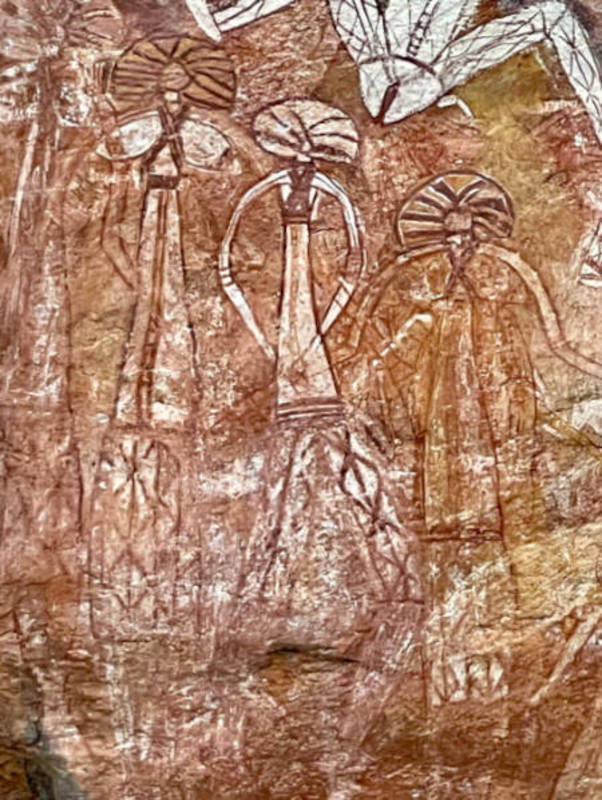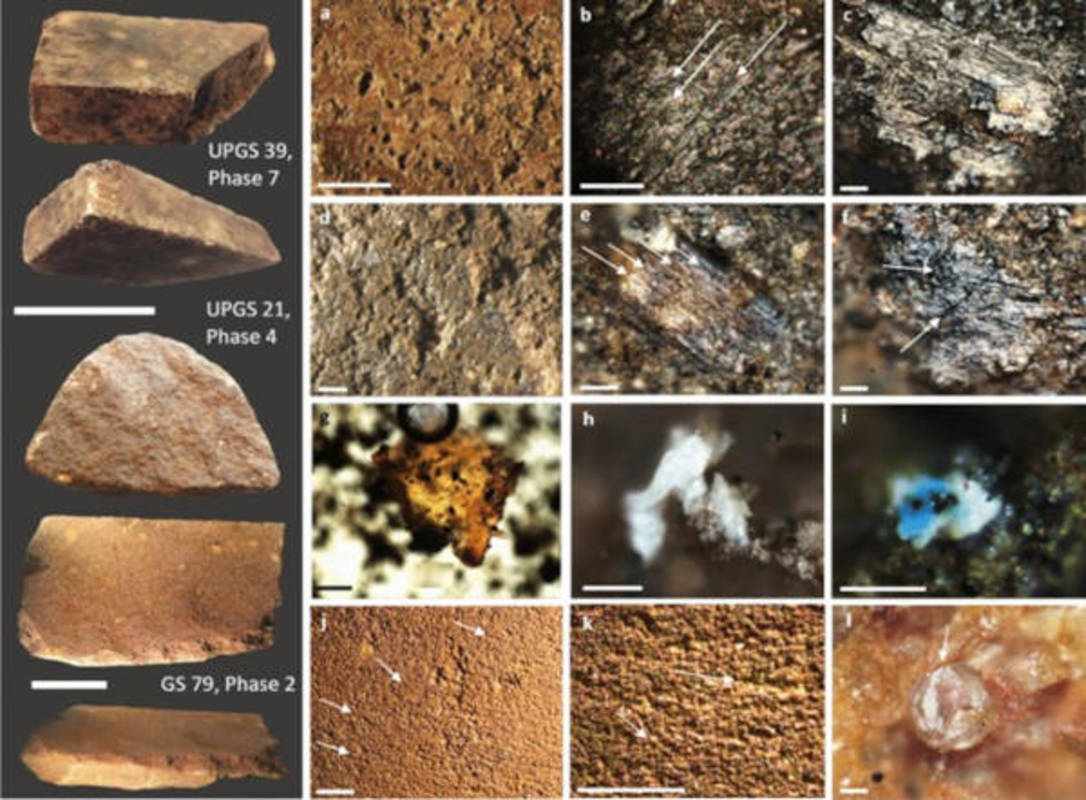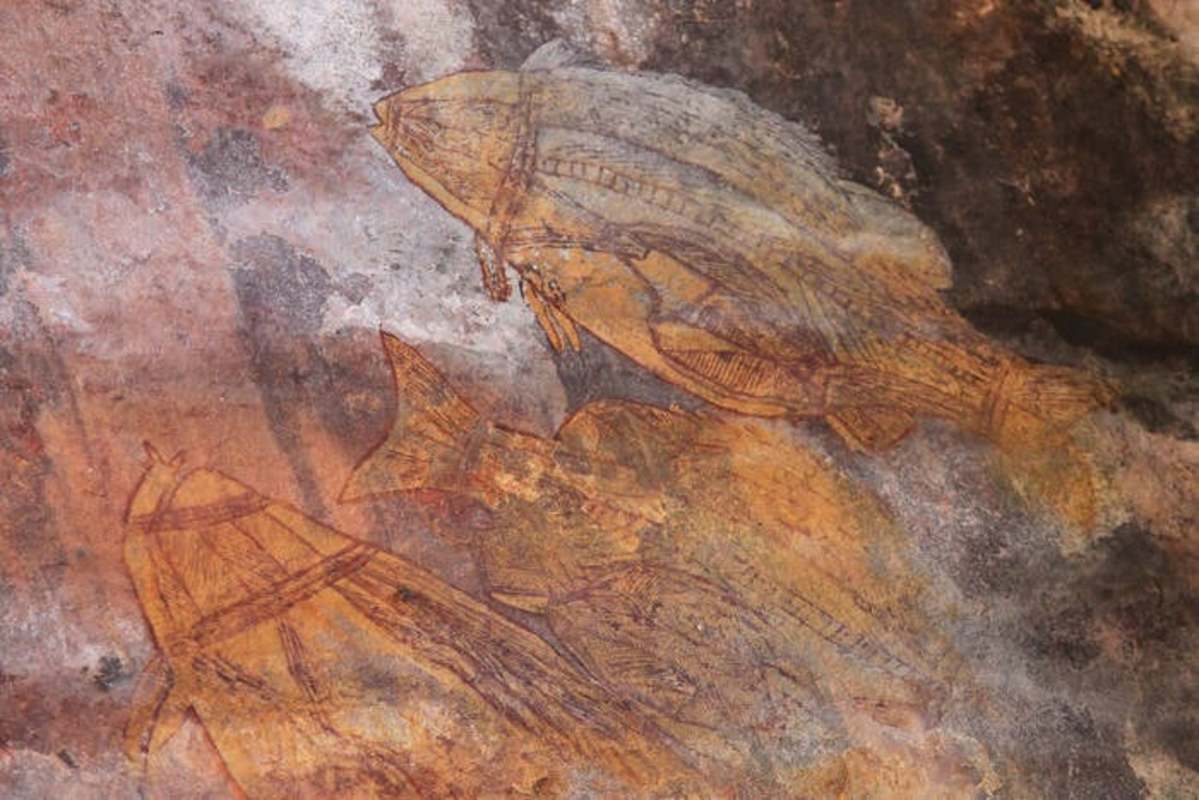A new study published in the journal Archaeology in Oceania has revealed shocking information about modern humans in Australia, dramatically rewriting the continent’s history.
According to the groundbreaking research conducted by James O’Connell, Distinguished Professor Emeritus in the University of Utah’s Department of Anthropology, in collaboration with archaeologist Jim Allen from Australia’s La Trobe University, determined that modern humans arrived in Australia only 50,000 years ago. This is markedly different from previous studies, which had dated human arrival on the continent to roughly 65,000 years ago.
Kgbo/CC BY-SA 4.0
Kgbo/CC BY-SA 4.0
Kgbo/CC BY-SA 4.0
Results Backed Up by Recent Study
The results of this study corroborate a recent study, which determined that humans and Neanderthals interbred somewhere between 43,500 and 51,500 years ago. This latest study shows that the ancestors of modern Aboriginal Australians could not have arrived on the continent before this period of interbreeding.
“The dating of most archaeological sites across Australia points to a range between 43,000 and 54,000 years,” O’Connell explained in a news release. “The colonization date falls within that interval,” he continued. “That puts it in the same time range as the beginning of the displacement of Neanderthal populations in western Eurasia by anatomically modern humans.”
For O’Connell and his team, the specific dating of the site is less vital than the human artifacts which were left behind that might offer insight into the daily lives of this ancient community.
“The question for us has not been about the validity of the date. It’s about the relationship between the date and material evidence of human presence—that is, artifacts,” he said. However, he’s confident that the results of this latest study are correct. “I would expect in the next five years or so, the pendulum is going to swing back to general agreement for an under 50,000-year date for Australian colonization,” O’Connell concluded.
